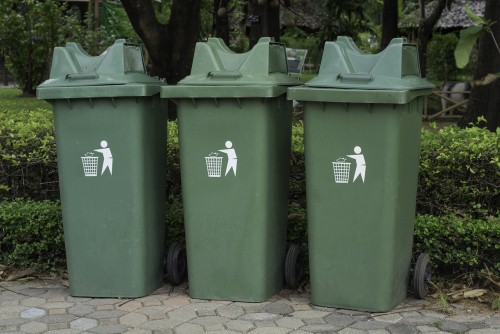
Minimise Your Kitchen Waste
The kitchen is a significant source of household waste which you can minimise. With all the food preparation, cooking and cleaning that goes on, it’s no wonder bins fill up quickly.
However all that waste has to go somewhere, and it ends up in landfill, with the potential to cause havoc for the environment.
Here’s how you can work to minimise your kitchen waste and play your part in reducing the amount of landfill build-up in Australia.
It starts in the supermarket aisles
Food waste begins before it’s even cooked and consumed. Have you checked out the packaging of everything you’re buying lately? When you add up each bit of paper, plastic and tin, it’s a significant amount.
When possible, buy fresh food instead of packaged and ready-made items. Take produce bags with you to the supermarket so that you don’t have to use the plastic ones provided.
Avoid buying more food than you need. Many people purchase large amounts of food that doesn’t all get consumed, passes its use-by date and ends up in the trash. Practice good portion control when you buy and prep your food.
Be sure to use any leftovers that you do generate and keep them fresh by using airtight containers or storing them in the freezer.
Your fridge should be at – 5 degrees Celsius and your freezer at -15 to keep food fresh for longer.
Recycle any waste that is produced. Food scraps can be put on a compost pile, as in the landfill they cause the harmful gas methane to be produced.
Any plastic, tin, paper, cardboard and drink bottles that does find its way into your home can be put into your curbside recycling collection.


